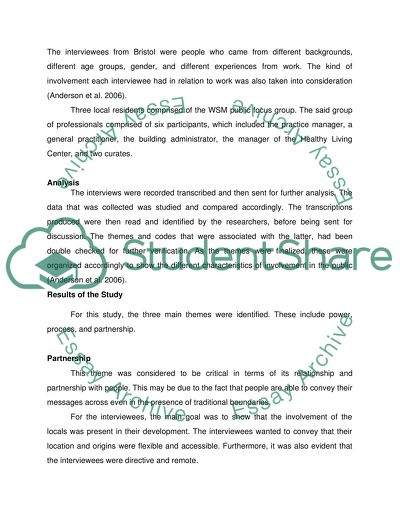Cite this document
(“Planning of Primary Health Care Research Proposal”, n.d.)
Retrieved from https://studentshare.org/health-sciences-medicine/1526747-planning-of-primary-health-care
Retrieved from https://studentshare.org/health-sciences-medicine/1526747-planning-of-primary-health-care
(Planning of Primary Health Care Research Proposal)
https://studentshare.org/health-sciences-medicine/1526747-planning-of-primary-health-care.
https://studentshare.org/health-sciences-medicine/1526747-planning-of-primary-health-care.
“Planning of Primary Health Care Research Proposal”, n.d. https://studentshare.org/health-sciences-medicine/1526747-planning-of-primary-health-care.


